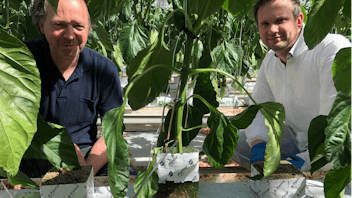The first time he saw Grodan’s stone wool in action, it was a real eureka moment for Richard Sabin, co-founder and director of Biotecture. Since then, Grodan’s growing media have become a fundamental factor in the success of the UK’s leading living wall company, both in its dedicated nursery and in its patented BioPanels. “Working with Grodan gives us the reassurance we need to be able to give the necessary reassurances to our customers,” says Richard.
When civil engineer Richard Sabin met a sustainable landscape designer while working on a project to enhance a building for the London School of Economics in London, he discovered that they shared similar concerns about the misuse of the Earth’s natural materials. “We decided to set up a company together, aimed at transforming urban architecture by increasing the number of plants on and around buildings for the well-being of people, planet and business. And Biotecture – an amalgamation of the words ‘biological architecture’ – was born in July 2007,” recalls Richard.
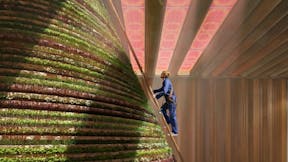
Grodan represents Dutch high-tech horticulture at the World Expo 2022 in Dubai
Grodan, is one of the companies that shows how high-tech horticulture can make a sustainable contribution to global food security. The inspiring and interactive program takes place in our price-winning Netherlands Pavilion wherein we combine water, food, and energy.
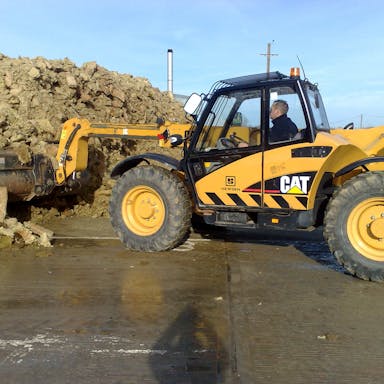
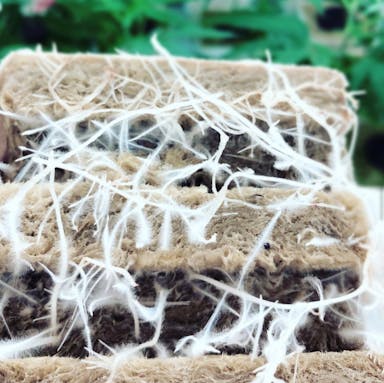
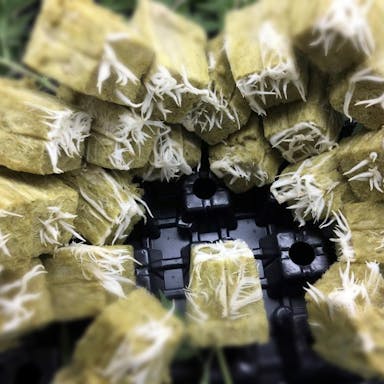
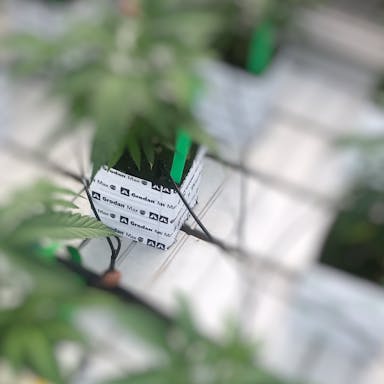
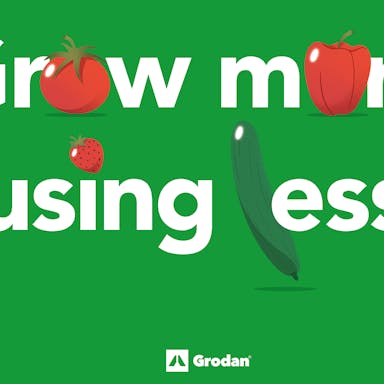
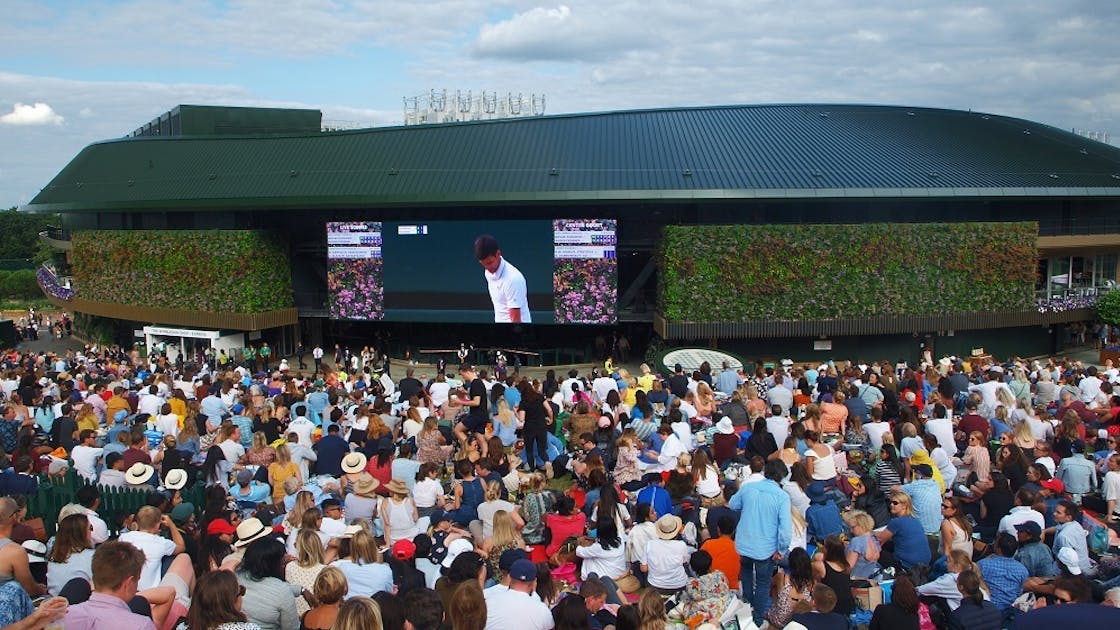
 Recently completed living walls at the McArthurGlen Paris-Giverny Designer Outlet
Recently completed living walls at the McArthurGlen Paris-Giverny Designer Outlet BioPanels, containing the customized, pre-dimensioned Grodan growing medium, ready to be planted up in Biotecture’s nursery
BioPanels, containing the customized, pre-dimensioned Grodan growing medium, ready to be planted up in Biotecture’s nursery  Richard inspecting a living wall growing in Biotecture’s West Sussex nursery
Richard inspecting a living wall growing in Biotecture’s West Sussex nursery  This living wall in New Street Square, London, was installed in 2011 and continues to thrive year after year
This living wall in New Street Square, London, was installed in 2011 and continues to thrive year after year  Seasonal flowers provide colour and texture at the McArthurGlen Ashford Designer Outlet
Seasonal flowers provide colour and texture at the McArthurGlen Ashford Designer Outlet 

